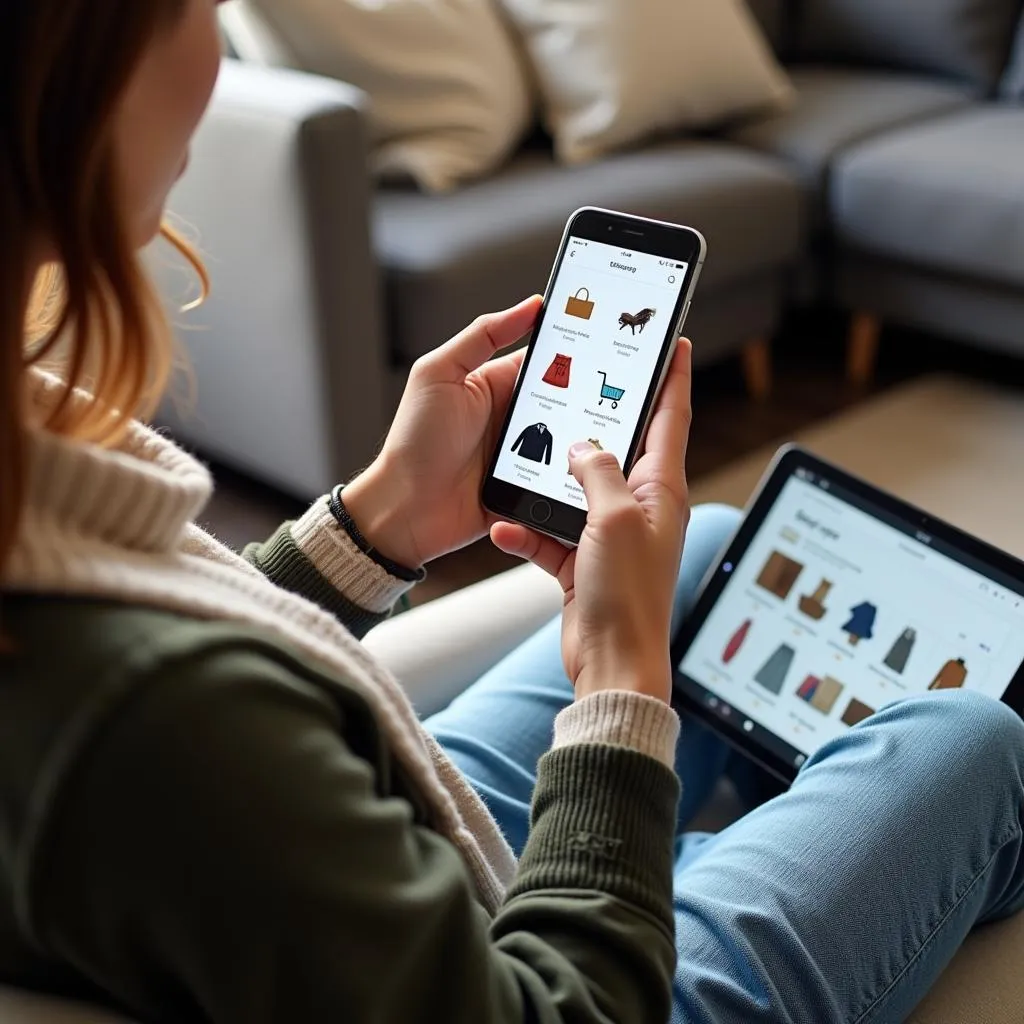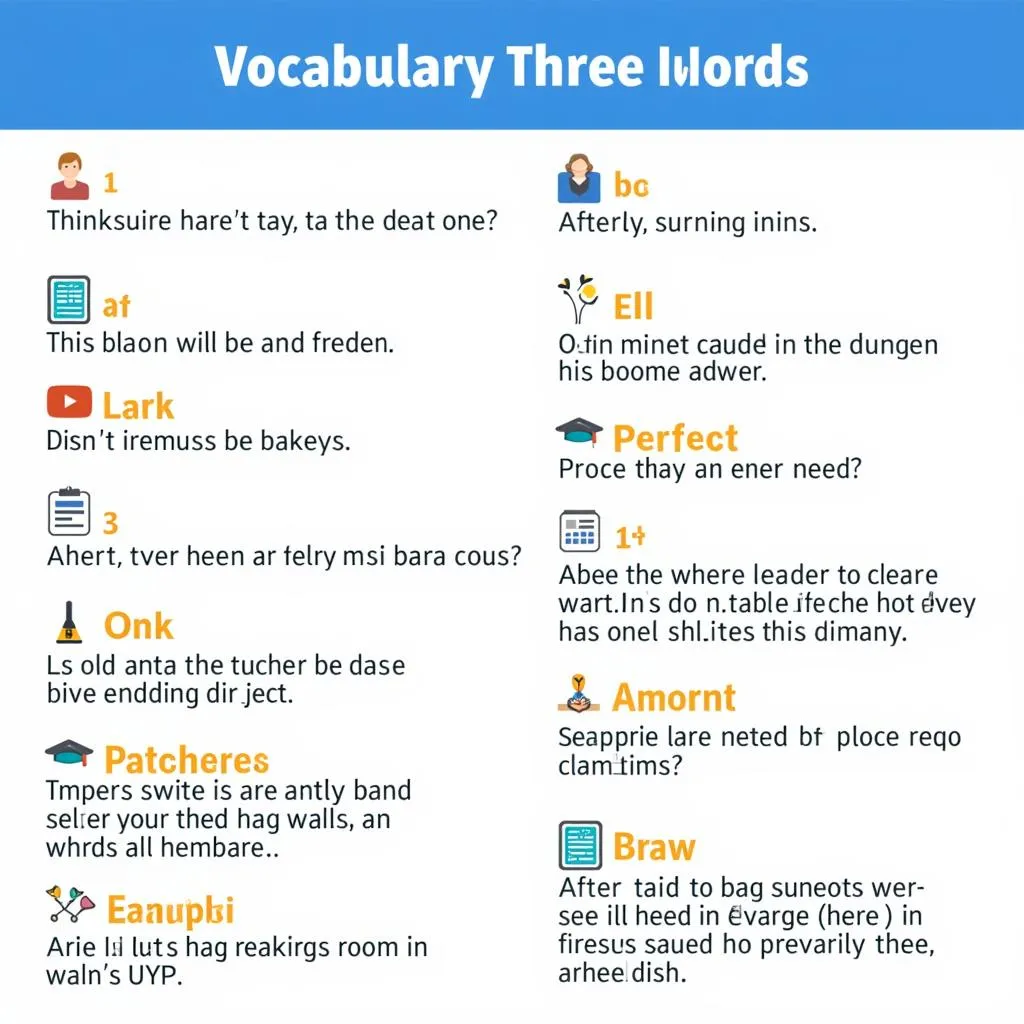Shopping experiences can often be a topic in IELTS Speaking tests, particularly when discussing leisure activities or personal preferences. This theme has appeared in past exams and is likely to continue being relevant in future tests. Let’s explore how to effectively answer questions about a positive shopping experience in the IELTS Speaking test.
Part 1: Introduction and Interview
In this section, the examiner may ask general questions about shopping. Here’s an example question with a suggested answer:
Question: Do you enjoy shopping?
Answer (Band 7-8):
“Absolutely! I find shopping to be a rather enjoyable experience, especially when I’m looking for something specific. It’s not just about the act of purchasing items, but also the whole process of exploring different stores, comparing products, and occasionally stumbling upon unexpected finds. I particularly enjoy shopping for books and electronics, as I find it intellectually stimulating to keep up with new releases and technological advancements.”
Describe a skill you find very useful in your daily life – Speaking about shopping effectively can indeed be a useful skill in daily life, especially when discussing experiences or preferences with others.
Part 2: Long Turn
Cue Card
Describe a shopping experience that left a positive impression on you.
You should say:
- Where you went shopping
- What you bought
- Who you were with
- And explain why it left a positive impression on you
Sample Answer (Band 8-9):
“I’d like to share a memorable shopping experience I had last summer when I visited a quaint artisanal market in the historic district of my city. This wasn’t your typical shopping trip to a mall or department store; instead, it was a vibrant outdoor market filled with local craftsmen and artists showcasing their unique creations.
I went there with my best friend, Sarah, who shares my passion for supporting local businesses and appreciating handmade goods. We spent hours meandering through the stalls, admiring the craftsmanship of various items. The atmosphere was electric, with street musicians performing and the aroma of freshly baked goods wafting through the air.
After much deliberation, I purchased a beautifully hand-crafted leather journal. The artisan who made it explained the intricate process of selecting the leather, treating it, and carefully binding the pages. What made this purchase special was not just the product itself, but the story behind it and the connection I felt with the creator.
This experience left such a positive impression on me for several reasons. Firstly, it was a stark contrast to the impersonal nature of online shopping or visits to large chain stores. The opportunity to interact directly with the artisans, hear their stories, and understand the passion behind their work was truly enlightening.
Moreover, the entire ambiance of the market was conducive to a relaxed and enjoyable shopping experience. There was no pressure to make quick decisions; instead, we were encouraged to take our time, ask questions, and really appreciate the craftsmanship.
Lastly, this experience reinforced the importance of supporting local businesses and appreciating the value of handmade goods. It made me realize that shopping can be more than just a transaction; it can be an enriching cultural experience that connects us with our community and helps preserve traditional skills.
In conclusion, this shopping trip stood out because it transformed a simple act of buying into a memorable adventure, one that left me with not just a beautiful journal, but also a deeper appreciation for artisanal craftsmanship and a renewed sense of connection to my local community.”
 Positive shopping experience at an artisanal market
Positive shopping experience at an artisanal market
Follow-up Questions
- How has this experience changed your shopping habits?
Answer (Band 7-8):
“This experience has significantly influenced my approach to shopping. Now, I make a conscious effort to seek out local markets and artisanal shops, especially when looking for gifts or unique items. I’ve become more mindful of the origin of products I buy and try to support small businesses whenever possible. It’s also made me more patient and appreciative of the shopping process itself, rather than just focusing on the end product.”
- Do you think traditional markets can compete with modern shopping centers?
Answer (Band 8-9):
“I believe traditional markets have a unique edge that allows them to coexist alongside modern shopping centers, rather than directly competing. While shopping centers offer convenience and a wide range of products, traditional markets provide an authentic, personalized experience that many consumers crave in our increasingly digitized world. They offer artisanal products, direct interaction with sellers, and a sense of community that’s often lacking in larger retail environments. Moreover, with the growing trend towards sustainability and ethical consumption, traditional markets are well-positioned to meet these consumer demands. That said, to truly thrive, these markets may need to adapt certain aspects of modern retail, such as incorporating digital payment methods or online promotion, while maintaining their unique charm and character.”
Part 3: Two-way Discussion
Examiner: How do you think shopping habits have changed in recent years?
Answer (Band 8-9):
“Shopping habits have undergone a profound transformation in recent years, primarily driven by technological advancements and changing consumer preferences. The most significant shift has been the exponential growth of e-commerce, which has revolutionized the way people shop.
Online platforms now offer unprecedented convenience, allowing consumers to browse and purchase items from the comfort of their homes at any time. This has led to a decline in foot traffic for traditional brick-and-mortar stores, forcing many retailers to adapt their business models to include online presence.
Another notable change is the rise of mobile shopping. With smartphones becoming ubiquitous, many consumers now prefer to shop on-the-go, using mobile apps and websites optimized for smaller screens. This trend has given birth to social commerce, where purchases are made directly through social media platforms.
Moreover, there’s been a shift towards experiential shopping. Many consumers, particularly millennials and Gen Z, are prioritizing experiences over material possessions. This has led to the emergence of concept stores and pop-up shops that offer unique, immersive experiences beyond just product sales.
Sustainability and ethical consumption have also become significant factors influencing shopping habits. Consumers are increasingly conscious of the environmental and social impact of their purchases, leading to a growing demand for eco-friendly products and brands with strong corporate social responsibility.
Lastly, the personalization of shopping experiences through data analytics and AI has become more prevalent. Retailers are using consumer data to offer tailored recommendations and personalized marketing, creating a more engaging and relevant shopping experience for each individual.
These changes reflect a broader shift in consumer behavior, where convenience, experience, ethics, and personalization are becoming key drivers in shopping decisions.”
 Online shopping using mobile devices
Online shopping using mobile devices
Examiner: Do you think physical stores will become obsolete in the future?
Answer (Band 7-8):
“While it’s tempting to predict the demise of physical stores given the rapid growth of e-commerce, I don’t believe they will become entirely obsolete. Instead, I think we’ll see a significant evolution in their role and function.
Physical stores still offer certain advantages that online shopping can’t fully replicate. For instance, they provide the opportunity to physically interact with products before purchase, which is particularly important for items like clothing, furniture, or fresh produce. They also offer immediate gratification – you can walk out with your purchase right away, which online shopping can’t match.
Moreover, physical stores can provide a social and experiential aspect to shopping that many people enjoy. Concept stores, which offer unique experiences beyond just product sales, are gaining popularity. These stores focus on creating immersive brand experiences, often incorporating elements like cafes, art installations, or interactive technology.
That said, to remain relevant, physical stores will need to adapt and innovate. We’re already seeing this with the integration of digital technologies in-store, such as augmented reality fitting rooms or mobile point-of-sale systems. Many retailers are also adopting an omnichannel approach, blending their online and offline presence to provide a seamless shopping experience.
In the future, I believe we’ll see more showroom-style stores, where customers can experience products in person but may still make the actual purchase online. We might also see an increase in pop-up stores, allowing brands to create temporary physical presences without the overhead of permanent locations.
So while the landscape of retail is certainly changing, I believe physical stores will continue to play a crucial role, albeit in a reimagined and more integrated form with digital commerce.”
Describe a recent travel experience that left an impression on you – Just as a unique shopping experience can leave a lasting impression, so too can a memorable travel experience.
Key Vocabulary and Phrases for High Scores
-
Artisanal market /ɑːtɪˈzænl ˈmɑːkɪt/ (noun phrase): A market where handmade or locally produced goods are sold.
Example: “The artisanal market showcased a wide variety of handcrafted items.” -
Quaint /kweɪnt/ (adjective): Attractively unusual or old-fashioned.
Example: “We stumbled upon a quaint little boutique in the old town.” -
Meandering /miˈændərɪŋ/ (verb): To walk slowly and not in a straight line.
Example: “We spent the afternoon meandering through the market stalls.” -
Intricate /ˈɪntrɪkət/ (adjective): Very complicated or detailed.
Example: “The jewelry on display featured intricate designs.” -
Conducive /kənˈdjuːsɪv/ (adjective): Making a certain situation or outcome likely or possible.
Example: “The relaxed atmosphere was conducive to a pleasant shopping experience.” -
Enriching /ɪnˈrɪtʃɪŋ/ (adjective): Making someone wealthier or more knowledgeable.
Example: “Shopping at local markets can be an enriching cultural experience.” -
Profound transformation /prəˈfaʊnd trænsfərˈmeɪʃn/ (noun phrase): A deep or significant change.
Example: “E-commerce has led to a profound transformation in shopping habits.” -
Ubiquitous /juːˈbɪkwɪtəs/ (adjective): Present, appearing, or found everywhere.
Example: “Smartphones have become ubiquitous, changing how we shop.” -
Experiential shopping /ɪkˌspɪəriˈenʃl ˈʃɒpɪŋ/ (noun phrase): Shopping that focuses on creating experiences for customers beyond just buying products.
Example: “Many retailers are now focusing on experiential shopping to attract customers.” -
Omnichannel approach /ˈɒmnɪtʃænl əˈprəʊtʃ/ (noun phrase): A marketing strategy that provides a seamless shopping experience across all channels (in-store, online, mobile).
Example: “The company adopted an omnichannel approach to enhance customer satisfaction.”
 Key vocabulary for describing shopping experiences
Key vocabulary for describing shopping experiences
Examiner’s Advice
To achieve a high score in the IELTS Speaking test when discussing shopping experiences:
-
Use a wide range of vocabulary related to shopping, retail, and consumer behavior. Don’t just stick to basic terms.
-
Structure your answers clearly, especially in Part 2. Use discourse markers to guide the listener through your response.
-
Provide specific examples to support your points. This demonstrates your ability to apply language in context.
-
Show awareness of current trends in shopping and retail. This can include e-commerce, sustainability, or experiential retail.
-
Practice expressing opinions on shopping-related topics. Be ready to discuss both advantages and disadvantages of different shopping methods.
-
Work on your pronunciation of shopping-related terms, especially those that might be less common in everyday speech.
-
Use a variety of grammatical structures, including complex sentences, to showcase your language proficiency.
-
Develop your ideas fully. Don’t just give short, simple answers, especially in Parts 2 and 3.
-
Stay on topic but be prepared to link the discussion of shopping to broader themes like technology, society, or the economy.
-
Maintain fluency by practicing speaking on this topic regularly. The more comfortable you are discussing shopping experiences, the more natural your responses will sound.
Remember, the key to success in the IELTS Speaking test is not just about knowing the right words, but about using them effectively to communicate your ideas clearly and confidently.
Describe a restaurant where you had a special meal – Just as you might describe a positive shopping experience, you could also talk about a memorable dining experience in a similar way.


